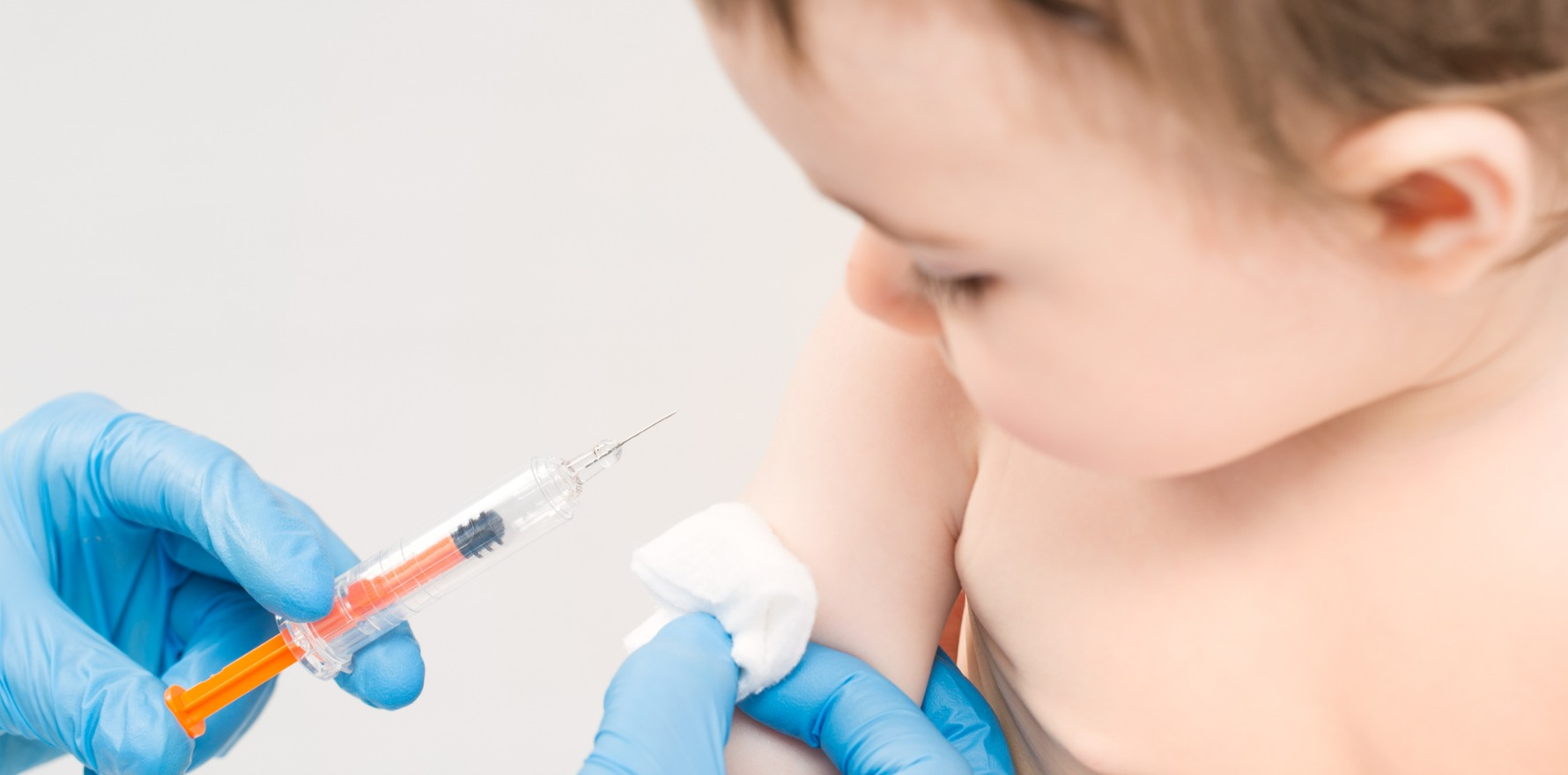New immunisation data shows only a few PHNs are hitting the 95% vaccination coverage. Even then it’s only for five-year-olds.
The latest data on childhood immunisation shows no Primary Health Network (PHN) has reached the national 95% coverage target for one- and two-year-old children.
However, seven PHNs exceeded the target for five-year-olds, suggesting improvements in coverage as children get older.
The report also breaks down vaccine coverage by Statistical Areas Level 3 (SA3), highlighting which local regions are meeting, or missing, national benchmarks on childhood immunisation.
For one-year-olds, the ACT, Northern Sydney and Western NSW PHNs had the highest vaccination rates, all with coverage over 94%. For two-year-olds, ACT, Western Victoria and Western NSW were all in the top three, with 93.6%, 92.8% and 92.6% coverage.
However, it’s for five-year-olds that things improve. Western NSW, Western Victoria, Murrumbidgee, ACT, Hunter New England and Central Coast, Murray and Adelaide all had coverage about the target of 95%.
For Aboriginal and Torres Strait Islander children, coverage for five-year-olds was even better.
The report shows 14 PHNS had over 95% immunisation coverage for five-year-olds, with South Eastern Melbourne, Murray and Western NSW at over 97%.
In a conversation with Health Services Daily last week, Western NSW PHN CEO Brad Porter highlighted their high regional and Aboriginal and Torres Strait Islander children vaccination rates.
“Despite national concerns about declining vaccination rates, the Western NSW region stands as a success story. The latest data from the Australian Immunisation Register shows the region boasts the highest coverage rates in the country for five-year-olds (96.25%) and Aboriginal children (97.80%),” he said.
One way they’ve improved their vaccination rates is through their annual immunisation conference which recently took place. The sessions bring together healthcare professionals (including practice nurses, nurse immunisers and Aboriginal health practitioners), policy experts, and community leaders.
The sessions support immunisation workers with the latest updates on vaccines, local coverage data, best practice in catch-up schedules, managing anaphylaxis, and immunisation in immunocompromised patients.
On the other end of the scale, the report found children on the Gold Coast and the NSW North Coast were among the least likely in the country to be fully immunised.
Just 86.3% of North Coast and 87.6% of Gold Coast one-year-olds are vaccinated. This only improves marginally as children get older, with 89.5% of five-year-olds in the regions being vaccinated.
As coverage increases with age, the data suggests children are catching up later. But experts continued to warn that delays leave communities vulnerable to outbreaks of preventable illnesses.
As Central and Eastern Sydney PHN (CESPHN) said in a statement, “as national and global coverage rates continue to trend downward, it is important that healthcare professionals continue to encourage timely uptake of childhood immunisations and communicate the importance of vaccinations”.
The results come only weeks after a new Immunisation strategy for 2025-2030 was launched at the Public Health Association of Australia’s Communicable Diseases and Immunisation Conference in Adelaide.
At the conference, Health Minister Mark Butler highlighted how childhood vaccination rates across Australia have been declining since 2020.
“The reasons for decline, essentially, are a mix of acceptance issues, concerns around safety vaccine fatigue and reduced confidence in the vaccination system, on the one hand, and access issues that are reported by families,” he said.
It’s hoped a $2.4 billion investment over the next four years will help improve rates.


